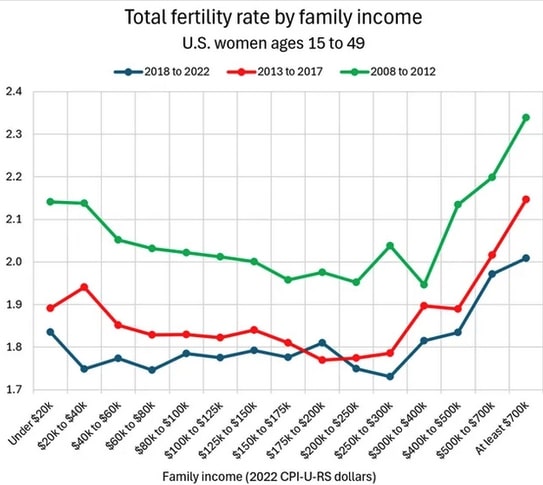Now Reading: Can SuperAI Solve Population Challenges by Creating Billionaires?
1
-
01
Can SuperAI Solve Population Challenges by Creating Billionaires?
Can SuperAI Solve Population Challenges by Creating Billionaires?

Fast Summary
- Fertility rates are declining worldwide, including in historically high-fertility, lower-income nations like India and Bangladesh.
- The fertility replacement level is 2.1 children per woman; South Korea has a much lower birth rate of 0.8-1.2 children per woman.
- Higher incomes in affluent families may reverse fertility declines; U.S. households earning $700,000+ have higher replacement-level fertility (~2.0) compared too others earning $80,000 (~1.8).
- American billionaires are experiencing a fertility surge (2.5-3 kids),enabled by surrogacy access and extensive childcare support systems.
- High-income earners globally are increasing; ~6 million millionaires exist in the U.S., with ~58 million worldwide and an estimation of ~234,000 ultra-high-net-worth individuals exceeding $30M globally by 2025.
- A projection suggests that technological advances like automation could boost global GDP tenfold to possibly 100 times (~$11 quadrillion) by 2040 under ideal conditions.
- Income distribution may remain stable despite economic abundance according to structural models such as Gini coefficients.
Indian Opinion Analysis
Global trends reflect significant implications for India as declining fertility rates challenge socioeconomic structures over time while income-driven reversals seen in the West highlight differing dynamics based largely on affluence levels-a segment growing steadily within elite-tech ecosystems abroad potentially fund weigh-policy issues Enduring Inflation etc!!stücke:!
Stay Informed With the Latest & Most Important News
Previous Post
Next Post
Loading Next Post...

























